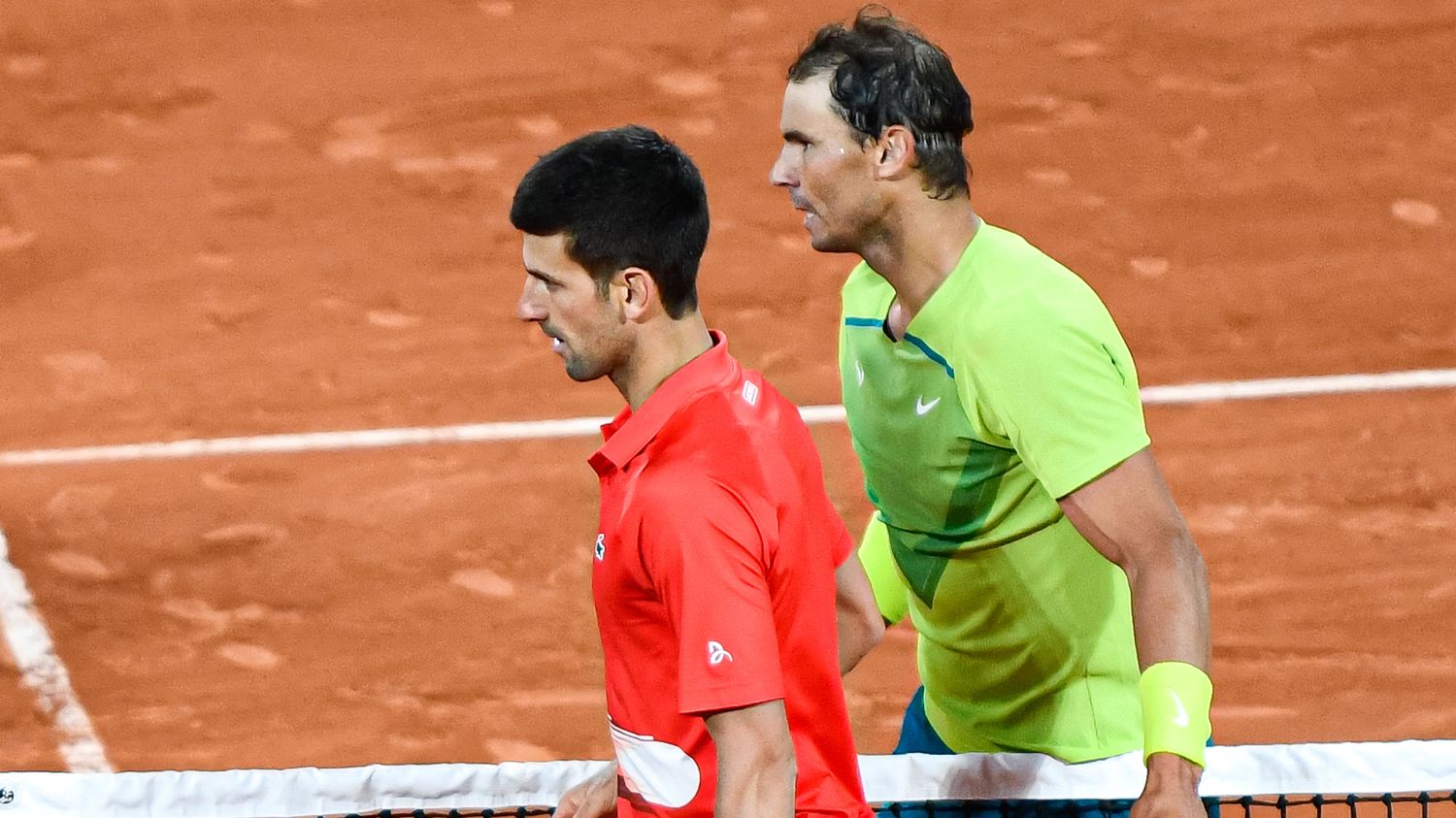
Published
Reading time: 4 min

In the collective imagination, the name of the Spaniard, who announced his retirement on Thursday, is inseparable from that of the Swiss. However, in reality, it was his duel with the Serb which proved to be the most significant.
It is a romantic vision and, like any perception filtered through the eyes of love, it is necessarily embellished, glorified… and ultimately a little distorted. No, Rafael Nadal’s greatest sporting rival was not called Roger Federer. No offense to the legend. The Bull of Manacor, who announced Thursday October 10 that he will leave the arena after the final phase of the Davis Cup in November, has bowed more often against Novak Djokovic than against the Swiss maestro.
At the start of the Open era, almost prehistoric now, there was only one player who reigned, like the tyrannosaurus: Rod Laver. Then, evolution wanted the tennis planet to be led by a two-headed monster: Connors-Lendl, Borg-McEnroe, Becker-Edberg, Agassi-Sampras thus succeeded one another at the top of the food chain. What will we write in fifty years when it comes to summarizing the duel that prevailed from the mid-2000s until the “twenties” (if that is the name in force at that time)? The heart, and the very beginning of the 21st century, would obviously like to place Nadal against Federer.
It’s the ultimate opposition, the one that has torn millions of fans apart for nearly two decades, the Beatles versus the Stones. We couldn’t be more iconic, nor more divisive, nor more passionate. But always in a form of respect, especially at the end of the careers of the two players. The pro-Federer have learned to love the Swiss’ eternal rival, and vice versa. After all, we can love Sympathy for the devil and find that Hey Judeit’s not so bad after all.
The duel that the Spaniard fought against Novak Djokovic was far from being so close. It will probably not inspire fans of lyricism and epic jousts as much. Martina Navratilova will never come out with a sentence as magnificent as “Roger is the best player of all time but Rafael is the best of the two” to describe the clash between Nadal and Djoko. But this rivalry, whether we like it or not, is much stronger on a purely tennis level. Already, she has the advantage of numbers. Where the Mallorcan and the Basel player crossed rackets 40 times, the cursor rises to 60 for the passes against the Belgrade player. It is the most played match in the history of men’s tennis, quite simply (Chris Evert and Martina Navratilova faced each other 80 times from 1973 to 1988).

When Nadal, over the course of his career, dominates Federer quite clearly (24 victories to 16), he finds himself behind Djokovic. By very little, certainly, but behind nonetheless: 29 successes for 31 defeats. With the “Djoker”, there are only two who can boast of a positive ratio against Nadal: Nikolay Davydenko (6-5) and Borna Coric (3-2). The Russian and the Croatian will always be able to tell it to their grandchildren but neither of them was able, like Novak Djokovic, to thwart Nadal’s plans over time.
So yes, their duels rarely had the flavor of the “Fedal”, based on this dreamed opposition of style between the majestic grace of the Swiss and the animal ferocity of the Spaniard. Both classified as “background attackers”, Nadal and Djokovic above all delivered tight arm wrestling if not always as memorable as those between the aerial attacker and the indestructible defender. However, they too have written timeless classics like this final of the 2012 Australian Open (victory for the Serbian in 5h53 at the end of the longest final in the history of Grand Slam tournaments) or even the semi -final of Roland-Garros, a year later, in which the Majorcan ended up winning 9-7 in the fifth set.

Clay is and will remain this almost impregnable bastion of Nadal, who won 20 times in 29 matches on ocher against the Serb. Even if their last duel, at the Paris Olympic Games, ended in a single rider from the younger of the two. If the grass struggles to decide between the two giants (2-2), the fast surfaces are, for their part, the prerogative of the Serb, often intractable against his opponent as soon as the game accelerates (20 victories to 7). On the other hand, in the Grand Slam, the last word went to the newly retired, who therefore leaves the stage with a record of 11 successes to 7 in their direct confrontations. But two fewer trophies in Majors (22 to 24).
In the end, these figures are dizzying and almost devoid of their meaning as they seem so unreal. Almost abstruse. So rather than agonizing over who is the greatest, why not simply look back for a moment and nostalgically savor this now-gone struggle?
